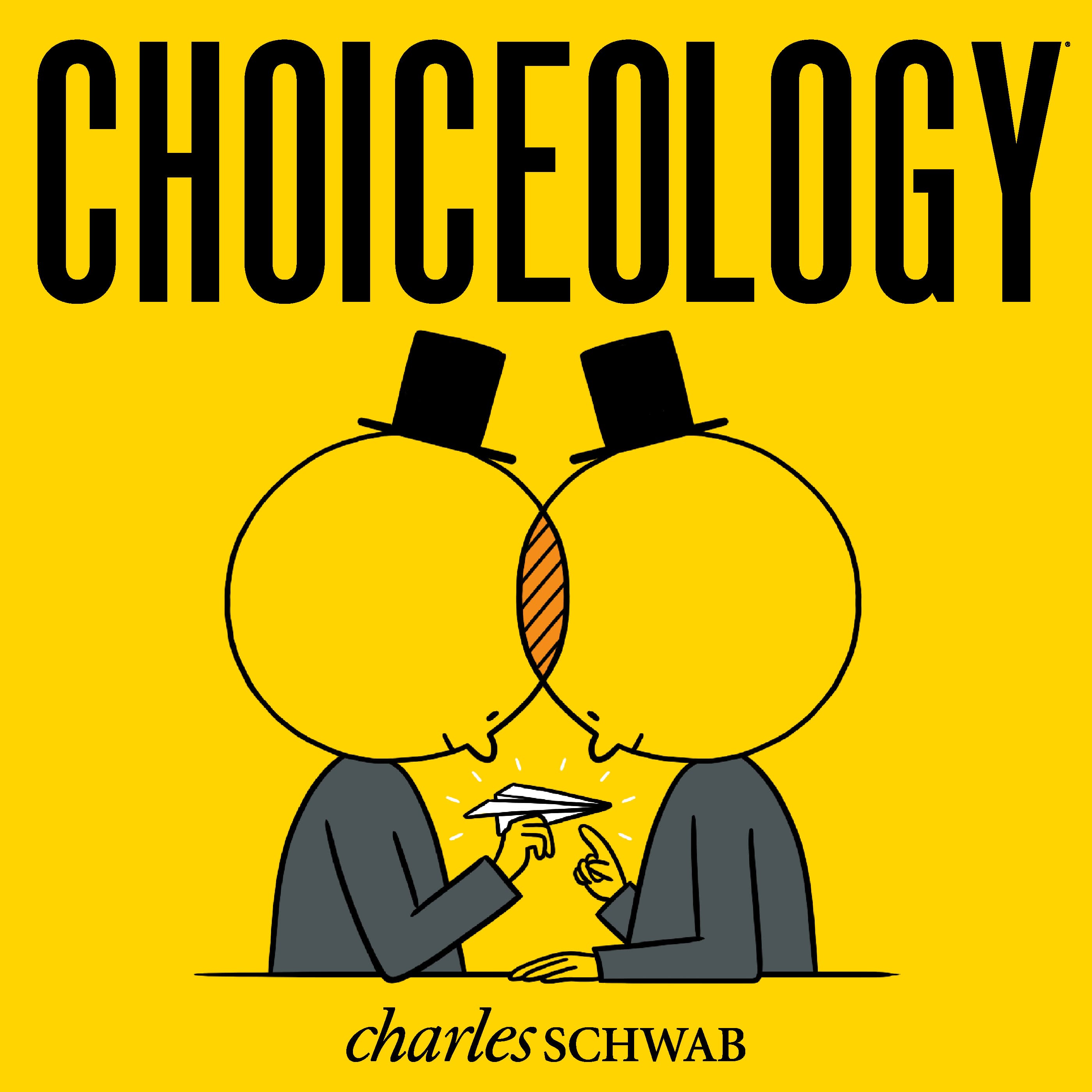The Good Fight: With Guests Adam Grant & Tom Crouch
Most of us would prefer to avoid an argument at work or at home. But there are times when arguments—at least when they're civil—can help surface important information for decision-making.
In this episode of Choiceology with Katy Milkman, we look at situations where certain types of conflict can actually lead to better outcomes.
You're probably familiar with the story of Orville and Wilbur Wright. The Wright brothers secured their place in history by achieving the world's first sustained flight of a powered, heavier-than-air aircraft at Kitty Hawk, North Carolina, in December of 1903. Less well known is the fact that the brothers would often argue intensely with each other over their engineering ideas.
Tom Crouch reveals the family culture of argument and debate inside the Wright home as the brothers were growing up, and he explains how that argumentative streak may have helped them solve a key problem in their quest for powered flight.
Tom D. Crouch is curator emeritus of the Smithsonian Institution and the author of The Bishop's Boys: A Life of Wilbur and Orville Wright.
A version of the Wright Brothers story appears in Adam Grant's new book, Think Again: The Power of Knowing What You Don't Know. Adam joins Katy to discuss how you can leverage constructive conflict to arrive at better decisions. He also explains how agreeableness can sometimes hold you back.
Adam Grant is the Saul P. Steinberg Professor of Management at the Wharton School of the University of Pennsylvania. He's also host of the popular TED podcast WorkLife.
Finally, Katy provides advice on how to find the right level of task conflict in order to maximize the creativity and innovation that comes from collaborative problem solving.
Choiceology is an original podcast from Charles Schwab.
If you enjoy the show, please leave a rating or review on Apple Podcasts.
Learn more about behavioral finance.
All expressions of opinion are subject to change without notice in reaction to shifting market conditions.
The comments, views, and opinions expressed in the presentation are those of the speakers and do not necessarily represent the views of Charles Schwab.
Data contained herein from third-party providers is obtained from what are considered reliable sources. However, its accuracy, completeness or reliability cannot be guaranteed.
The book How to Change: The Science of Getting from Where You Are to Where You Want to Be is not affiliated with, sponsored by, or endorsed by Charles Schwab & Co., Inc. (CS&Co.). Charles Schwab & Co., Inc. (CS&Co.) has not reviewed the book and makes no representations about its content.
Apple Podcasts and the Apple logo are trademarks of Apple Inc., registered in the U.S. and other countries.
Google Podcasts and the Google Podcasts logo are trademarks of Google LLC.
Spotify and the Spotify logo are registered trademarks of Spotify AB.



